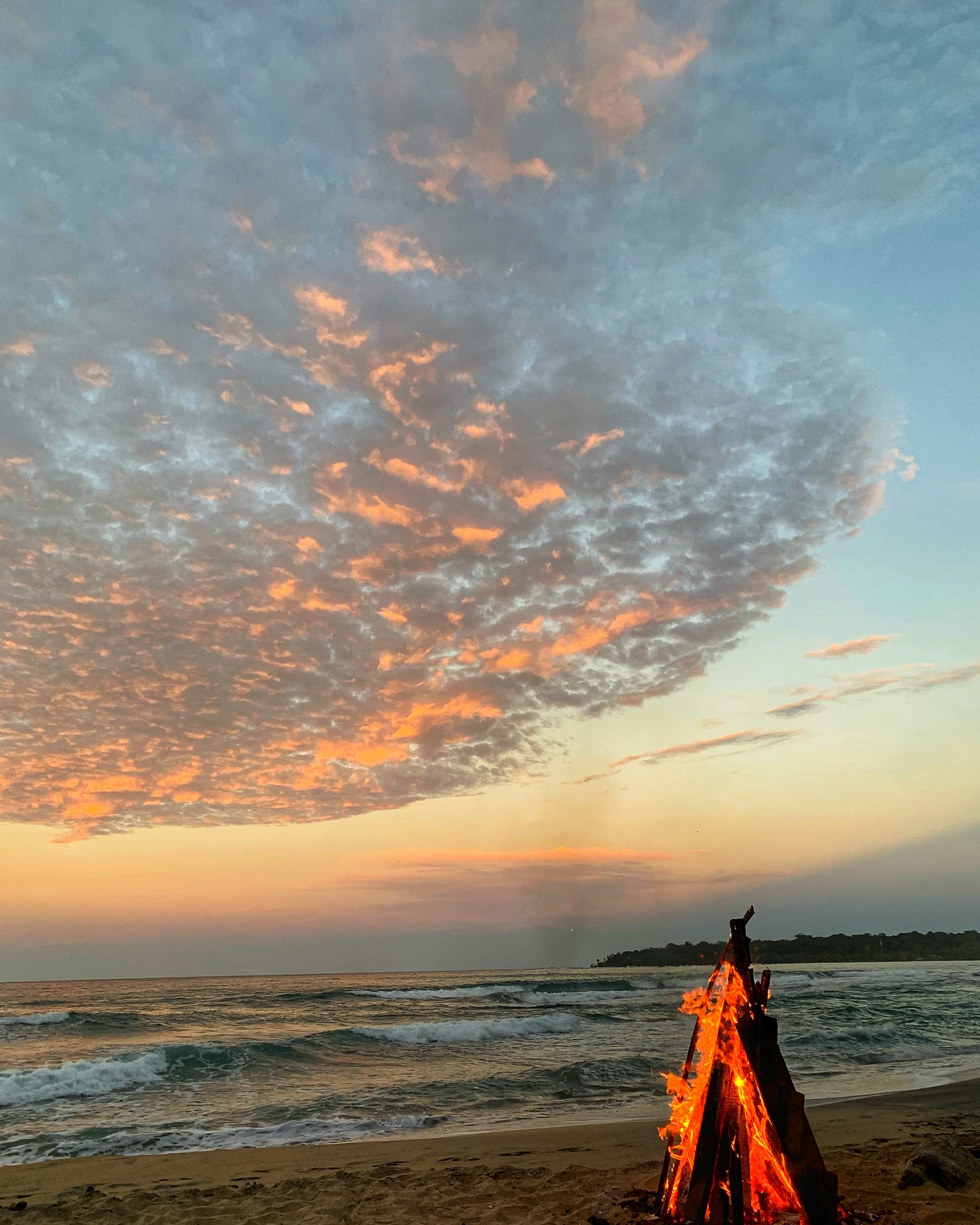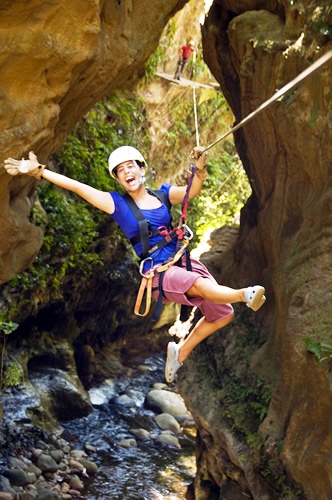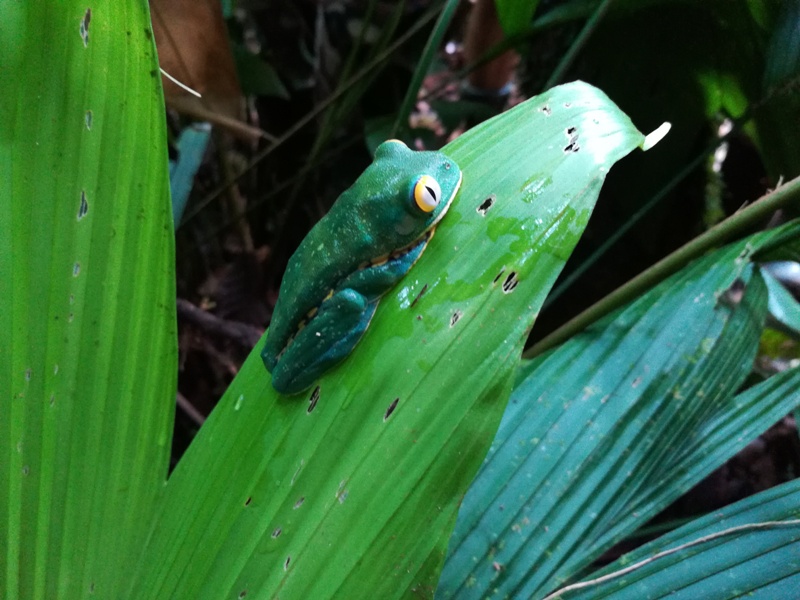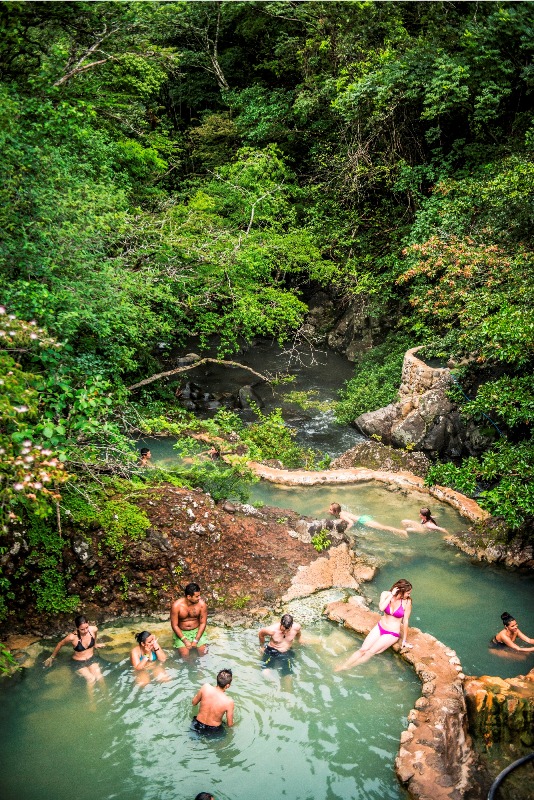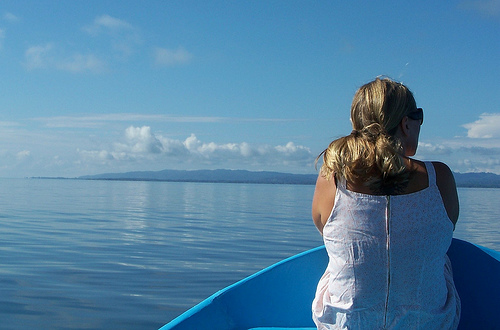Starting in July, the tranquil blue waters of the Golfo Dulce in southern Costa Rica will receive the astounding phenomenon of the thousands-of-miles-long migration of Pacific humpback whales. See whales in the wild on a whale watching tour from Playa Nicuesa Rainforest Lodge.
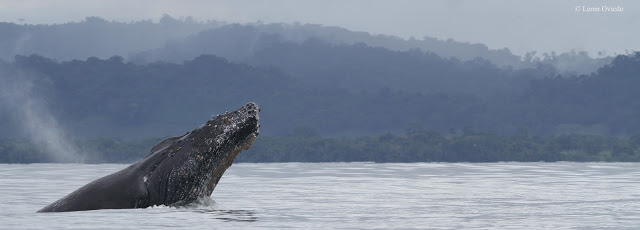
A spray of water erupted from the placid blue-green water a few hundred yards off the beach. The long, black and barnacled form of a mother humpback whale surfaced gracefully for air. Our little group standing on the concrete pier pointed excitedly at the huge whale. Then we gasped in delight as we suddenly caught sight of the smaller shape of her baby swimming by her side.
The first time I saw a humpback whale in the wild will live in my memory forever. The special moment occurred in southern Costa Rica on the Pacific gulf of Golfo Dulce at Playa Nicuesa Rainforest Lodge, by the Osa Peninsula. I was finishing 10 months of working at the Costa Rica eco-lodge as operations manager, and this quiet and sunny September afternoon was the final flourish to an extraordinary and life-altering experience of Costa Rica’s raw natural beauty.
My colleagues and I, and the few guests staying with us at the end of tourist season, jumped into one of Nicuesa Lodge’s boats. And at a respectful distance, we cruised along with mother and baby as they slowly swam along the dark green coast thick with rainforest. Pairs of Scarlet Macaws flew overhead as sunset neared, heading to roost in tall shoreline trees for the night. The whales disappeared out of sight, and we motored back to Nicuesa’s protected cove, scarcely able to believe the magical fortune that had befallen us.
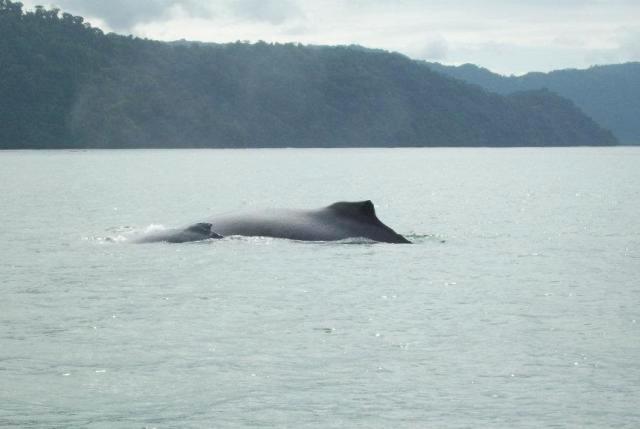
Humpback whales in Costa Rica
After spending Southern Hemisphere summer feeding in the krill and plankton-rich icy Antarctic, Pacific humpback whales swim north in June to the Great Barrier Reef of Australia and as far as Costa Rica for its warm tropical waters to mate, give birth and socialize. From July to October, these southern whales hang out in the protected waters of the Golfo Dulce and the Ballena National Marine Park at the north end of the Osa Peninsula in Costa Rica.
Both areas offer shallow coastal waters and protection from natural predators like sharks and Orcas, and are important habitats vital to the endangered species’ survival, according to the Center for Cetacean Research of Costa Rica (CEIC). Northern Pacific humpback whales swim from Alaska to the Ballena National Marine Park to do the same things from December to April.
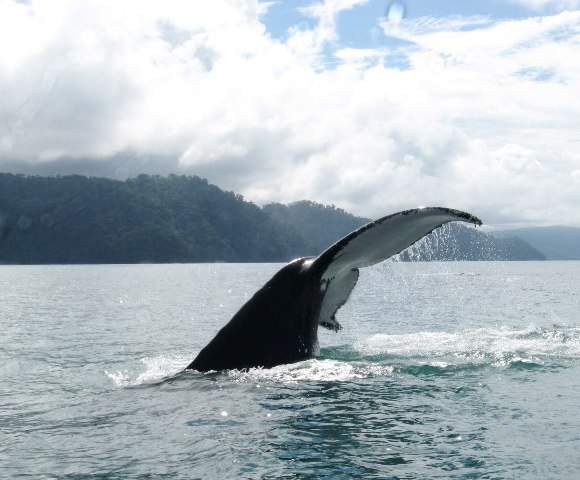
Plentiful sightings of these gentle giants of the sea prompted National Geographic to rate Costa Rica the 7th best place in the world for whale watching. Extravagant tail-slapping displays, breathtaking breaches through the water, and their distinctive hump rising above the water’s surface are the unforgettable sights everyone wants to experience on a Costa Rica whale-watching tour.
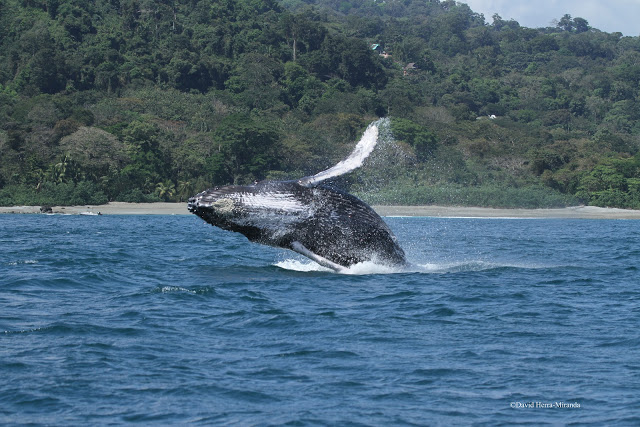
You can see whales and dolphins in their natural environment on whale watching tours from Playa Nicuesa Rainforest Lodge starting toward the end of July through the end of September. Keep a look-out also for visiting whale sharks, the largest fish in the sea.
Nicuesa Lodge is giving a special offer of one free night when you stay a minimum of three or more nights; valid through Sept. 30, 2016.
Article by Shannon Farley





